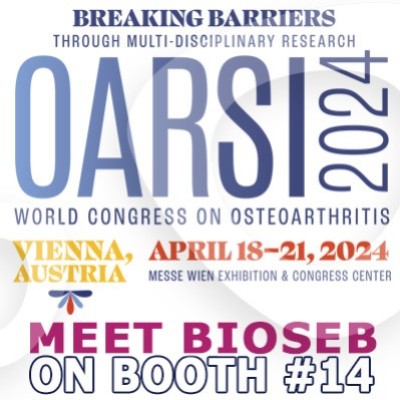Authors
Mo SY, Xue Y, Li Y, Zhang YJ, Xu XX, Fu KY, Sessle BJ, Xie QF, Cao Y.
Lab
Peking University, Beijing, PR China.
Journal
J Headache Pain.
Abstract
Background: Dental treatment associated with unadaptable occlusal alteration can cause chronic primary myofascial orofacial pain. The serotonin (5-HT) pathway from the rostral ventromedial medulla (RVM) exerts descending modulation on nociceptive transmission in the spinal trigeminal nucleus (Sp5) and facilitates chronic pain. The aim of this study was to investigate whether descending 5-HT modulation from the RVM to the Sp5 is involved in the maintenance of primary myofascial orofacial hyperalgesia after persistent experimental occlusal interference (PEOI) or after delayed removal of experimental occlusal interference (REOI). Methods: Expressions of 5-HT3A and 5-HT3B receptor subtypes in the Sp5 were assessed by immunofluorescence staining and Western blotting. The release and metabolism of 5-HT in the Sp5 were measured by high-performance liquid chromatography. Changes in the pain behavior of these rats were examined after specific pharmacologic antagonism of the 5-HT3 receptor, chemogenetic manipulation of the RVM 5-HT neurons, or selective down-regulation of 5-HT synthesis in the RVM. Results: Upregulation of the 5-HT3B receptor subtype in the Sp5 was found in REOI and PEOI rats. The concentration of 5-HT in Sp5 increased significantly only in REOI rats. Intrathecal administration of Y-25130 (a selective 5-HT3 receptor antagonist) dose-dependently reversed the hyperalgesia in REOI rats but only transiently reversed the hyperalgesia in PEOI rats. Chemogenetic inhibition of the RVM 5-HT neurons reversed the hyperalgesia in REOI rats; selective down-regulation of 5-HT in advance also prevented the development of hyperalgesia in REOI rats; the above two manipulations did not affect the hyperalgesia in PEOI rats. However, chemogenetic activation of the RVM 5-HT neurons exacerbated the hyperalgesia both in REOI and PEOI rats. Conclusions: These results provide several lines of evidence that the descending pathway from 5-HT neurons in the RVM to 5-HT3 receptors in the Sp5, plays an important role in facilitating the maintained orofacial hyperalgesia after delayed EOI removal, but has a limited role in that after persistent EOI.
BIOSEB Instruments Used:
Electronic Von Frey - Wireless (BIO-EVF-WRS)

 Pain - Thermal Allodynia / Hyperalgesia
Pain - Thermal Allodynia / Hyperalgesia Pain - Spontaneous Pain - Postural Deficit
Pain - Spontaneous Pain - Postural Deficit Pain - Mechanical Allodynia / Hyperalgesia
Pain - Mechanical Allodynia / Hyperalgesia Learning/Memory - Attention - Addiction
Learning/Memory - Attention - Addiction Physiology & Respiratory Research
Physiology & Respiratory Research
 Pain
Pain Metabolism
Metabolism Motor control
Motor control Neurodegeneration
Neurodegeneration Cross-disciplinary subjects
Cross-disciplinary subjects Muscular system
Muscular system General activity
General activity Mood Disorders
Mood Disorders Other disorders
Other disorders Joints
Joints Central Nervous System (CNS)
Central Nervous System (CNS) Sensory system
Sensory system Bioseb on booth #14 at OARSI 2024 in Vienna
Bioseb on booth #14 at OARSI 2024 in Vienna 